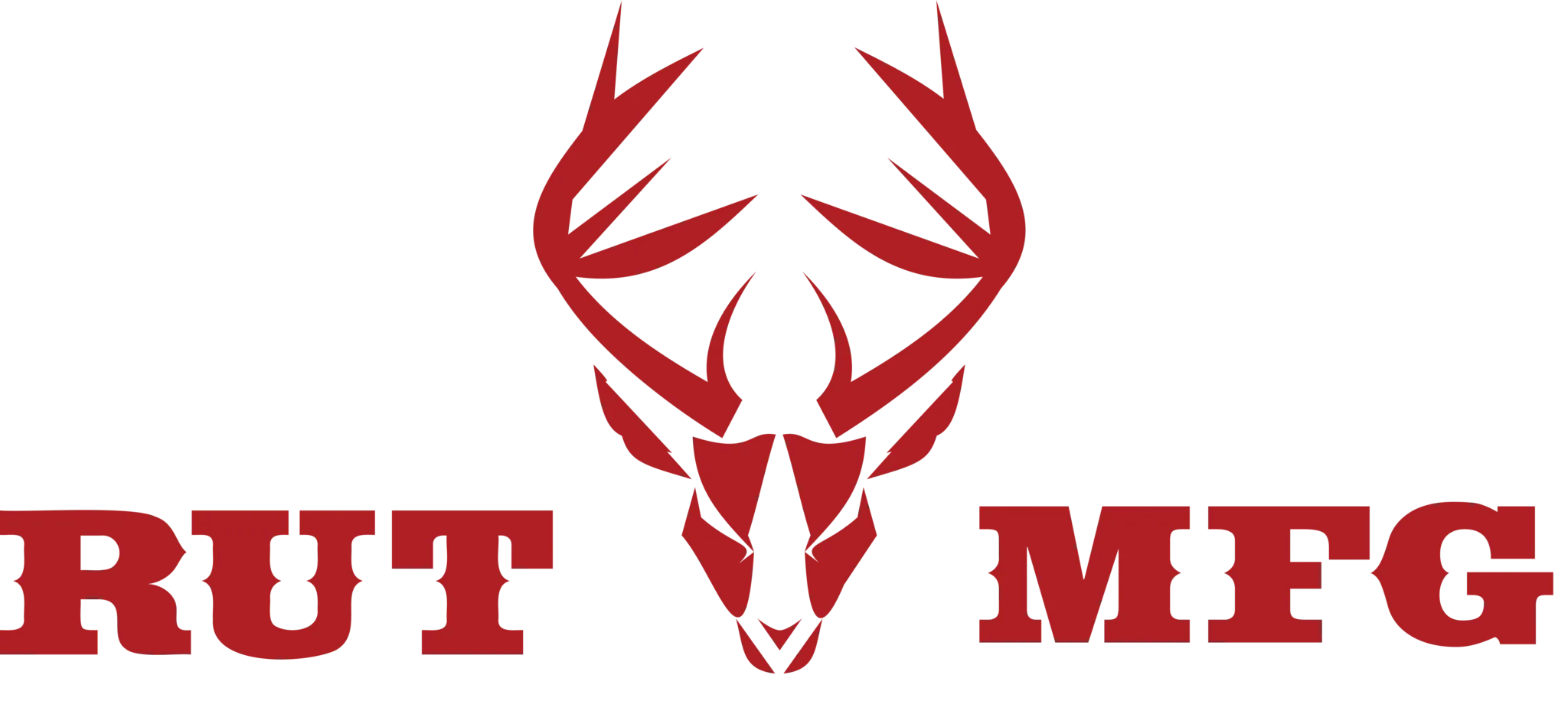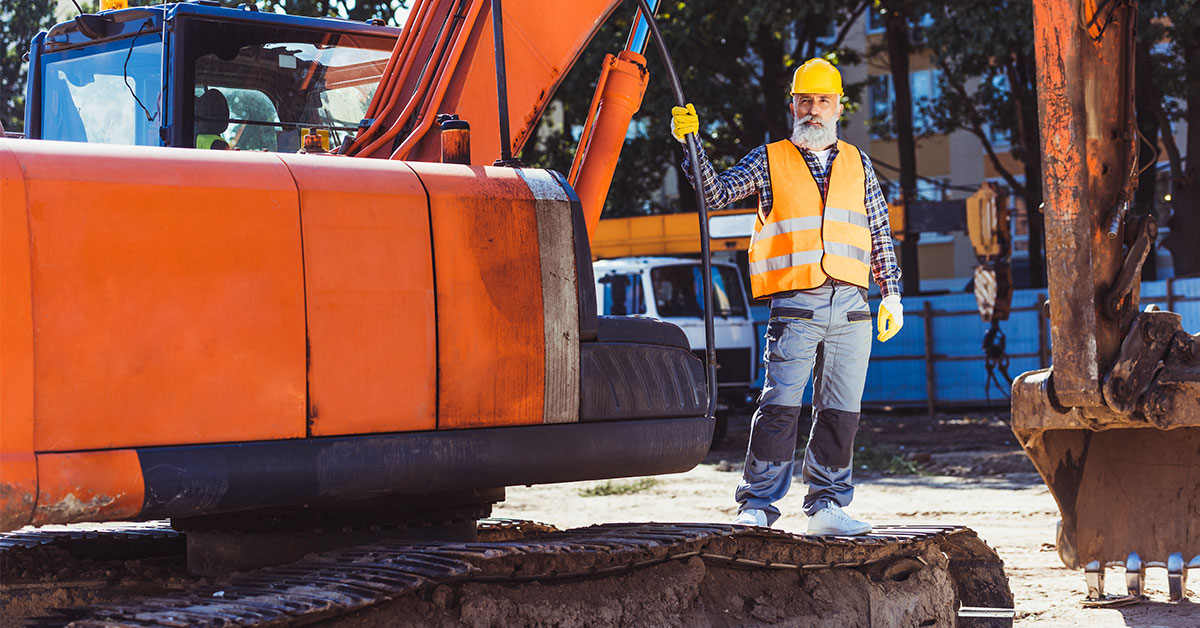Anytime you’re buying construction equipment, whether it’s new or used, it can be overwhelming trying to figure out how to stick to your budget and still get a high quality piece of machinery. Here are a few tips for buying a used excavator.
First, check your budget
Know your budget before you start looking, and be prepared to stick to it when you’re shopping. Excavator repair and maintenance isn’t free, so you can end up in over your head if you bite off more than you can chew from the get-go.
When buying a used machine, unless you’re confident that you can haggle with the seller, don’t bother looking at a machine you already know you can’t afford. Repairs and replacements are bound to run the price tag up even further, so it’s best to start below your budget when buying used.
Check the surface for signs of damage
Check the excavator’s exterior surfaces for signs of wear and tear like dents, cracks, and bends. Over time, various excavator parts, such as the boom, stick, bucket, or the slew ring, can warp or bend after heavy use. Sure, parts can always be replaced, but this can quickly get expensive. Remember, some wear and tear is normal on a used machine, but excavators are heavy equipment that can take quite a lot of heavy use, so significant dents, punctures, or reduced functionality might indicate that an excavator was misused or damaged by an amateur user.
Check the machine’s hydraulics for leaks
Make sure all cylinders, hoses and lines are in good shape and working properly. The hydraulic pump compartment should be examined for any type of leaks, as well as the swing bearing and slew ring. Just because a machine’s hydraulic system shows signs of damage doesn’t mean you shouldn’t invest in the machine if it suits your needs and your budget, but you’ll want to negotiate that the seller repair any damage prior to you putting any money down.
Check for inappropriate movement in the swing radius.
Check the slew ring for signs of play or movement that seems beyond normal range. When the hydraulic excavator housing rotates, operation should be tight and smooth. Check all connection points, bushings, and pins for signs of damage or weakness, especially between the stick, boom, and bucket.
Beware: If the slew ring is damaged, you’re facing one of the most expensive repairs of excavator ownership.
Review bucket and attachments for wear and tear
Excessive wear on the bucket teeth or included attachment means the machine might not dig as efficiently as it can and should. Examine the bucket for signs of worn down teeth or broken attachment points, otherwise your new machine might not be able to meet the requirements for the job. The good news is, it’s easier to replace or repair excavator attachments than it is to repair something like the hydraulics system or control panels.
Remember, you can replace the attachments if you need to, but the excavator itself needs to be in fully working condition before you buy it from the seller.


